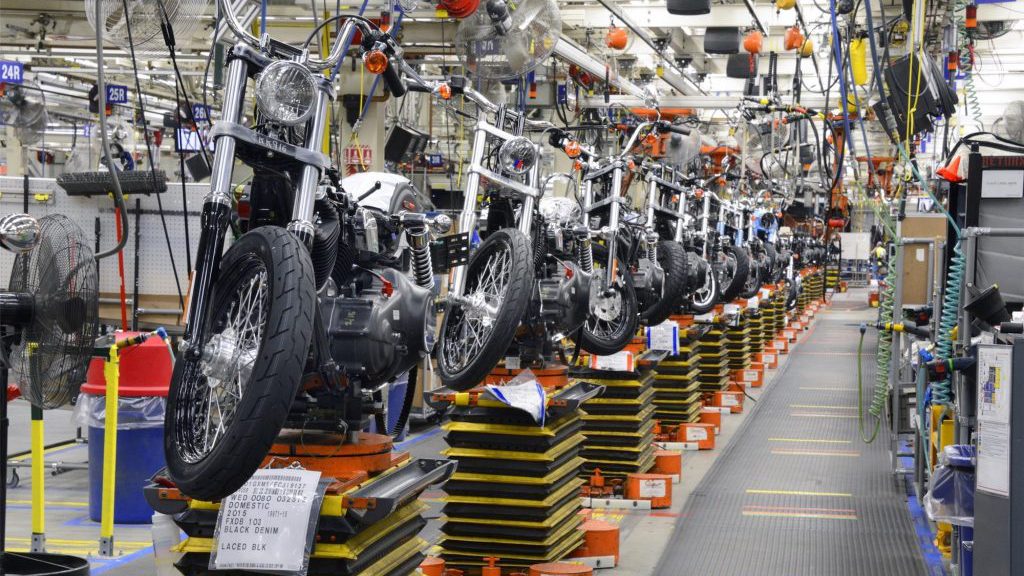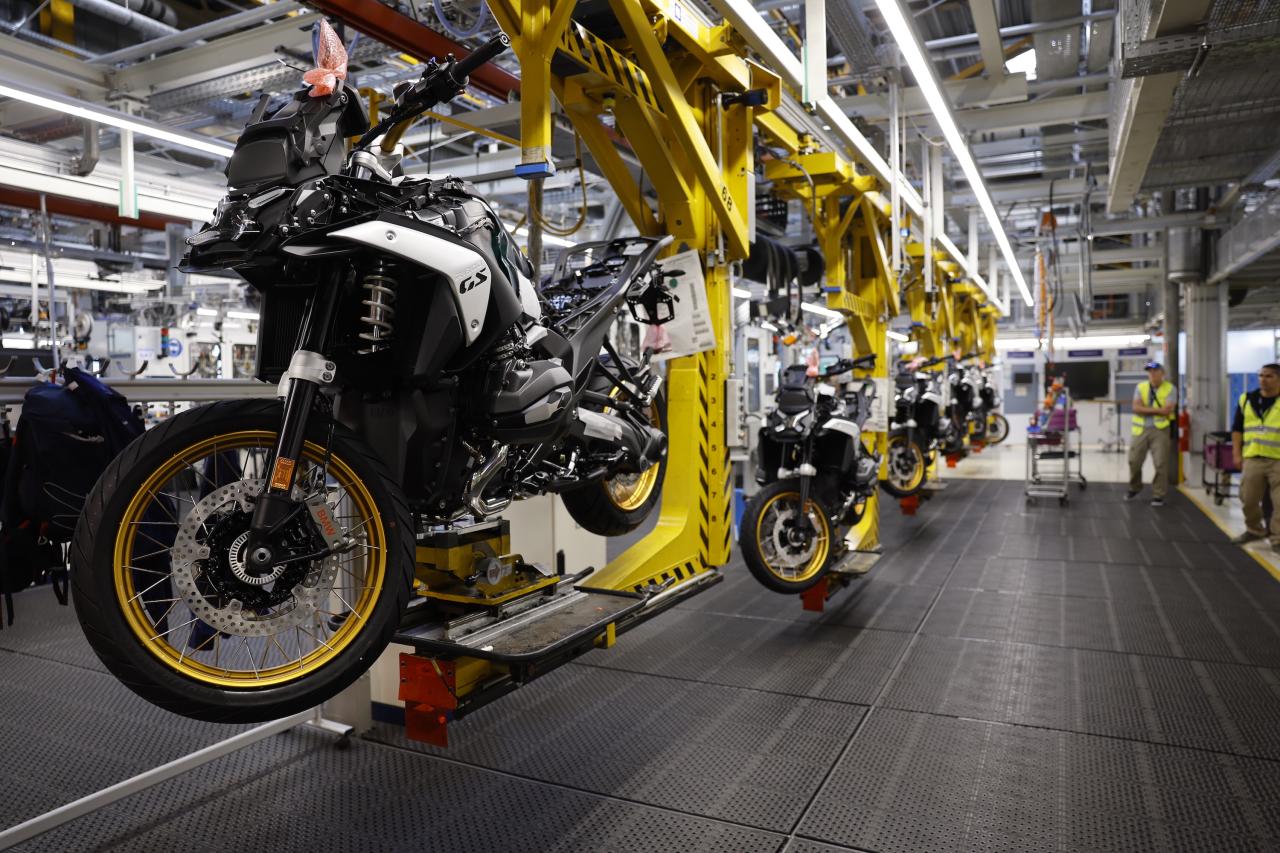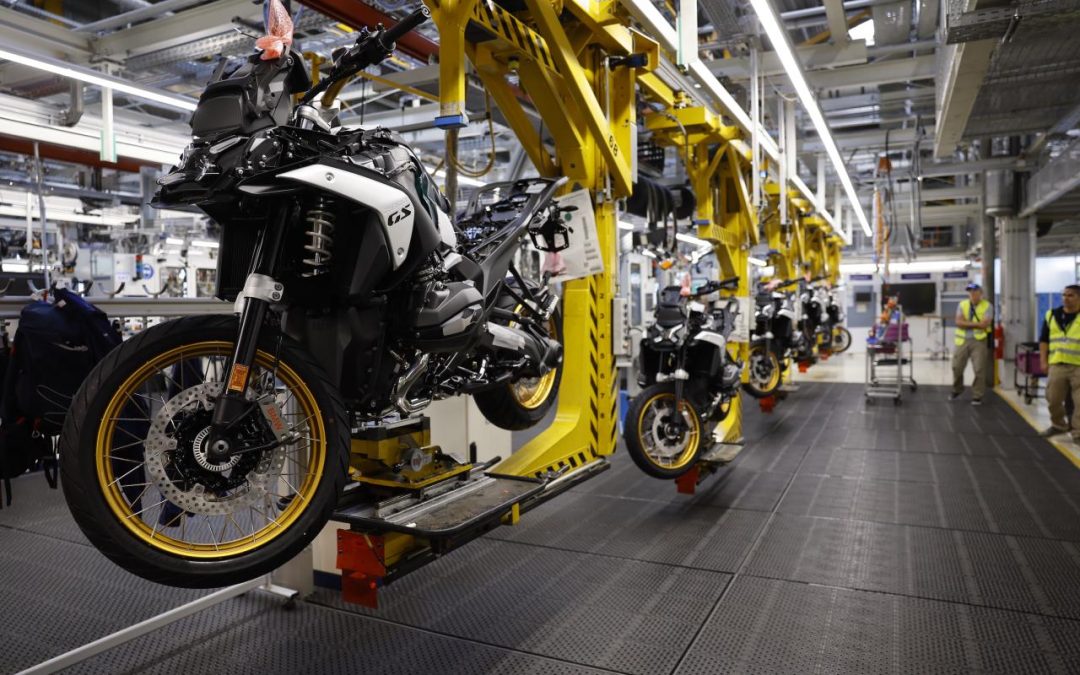
Introduction
Painting a motorcycle can significantly enhance its appearance and give it a custom look. A two-tone paint job is one of the most popular choices among motorcycle enthusiasts. In this guide, you’ll learn how to paint two-tone motorcycle while achieving professional results.
Gathering the Necessary Tools and Materials
Before beginning your motorcycle painting project, it’s essential to gather all the necessary tools and materials. Here are the items you will need:
- Primer
- Paint (base coat and secondary color)
- Clear coat
- Sandpaper (various grits)
- Painters tape
- Spray gun or aerosol paint cans
- Masking paper
- Masks and gloves
Preparing the Motorcycle
Preparation is crucial for a successful paint job. Follow these steps to prepare your motorcycle:
Disassemble the Parts
You’ll need to disassemble parts like the tank, fenders, and side covers to paint them separately.
Cleaning and Sanding
Thoroughly clean all surfaces to be painted using a degreaser. Sand the surfaces using sandpaper to remove any old paint and achieve a smooth finish.
Applying the Primer
Primer is essential as it helps the paint adhere better to the surface. Apply an even coat of primer to all parts and let it dry completely.
Creating the Two-Tone Effect
Using painters tape and masking paper, create the design you desire for the two-tone effect. Ensure the edges are well-sealed to prevent paint from bleeding through.
Applying the Base Coat
Spray an even coat of your base color. Make sure it’s applied smoothly and let it dry.
Applying the Secondary Color
Once the base coat is completely dry, cover it with masking tape and paper in areas that should remain in the base color. Then apply the secondary color evenly.
Applying the Clear Coat
A clear coat provides a glossy finish and extra protection to your paint job. Apply multiple thin layers and let each layer dry before applying the next one.
Reassembling the Motorcycle
After the clear coat has dried completely, carefully remove the masking tape and paper. Reassemble all the parts you had initially disassembled.
Final Touches
Inspect the entire motorcycle for any imperfections. Use a fine-grit sandpaper to smooth out any rough areas and apply touch-up paint if necessary.
Maintaining Your New Paint Job
Regularly clean your motorcycle to maintain the new paint job. Use a mild soap and water mixture and avoid harsh chemicals that can damage the paint.
Common Mistakes to Avoid
Some common mistakes to avoid include not properly sanding the surface, rushing through the drying process, and using low-quality paint.
Tips from Experts
Experts suggest using high-quality paints and primers for the best results. Additionally, working in a well-ventilated area is crucial to ensure safety and proper drying.
Inspiration for Two-Tone Designs
There are countless two-tone designs to choose from. You can opt for classic colors or go for bold and vibrant shades. For more inspiration, check out this link.
Safety Precautions
Always wear masks and gloves while painting to protect yourself from harmful fumes. Ensure your workspace is well-ventilated and free of any fire hazards.
How Professional Painters Do It
Professional painters often use advanced tools and techniques to achieve a flawless finish. Learning from their methods can help you improve your skills. For more about motorcycle craftsmanship, visit this link.

FAQs
What is the best type of paint for a motorcycle?
Automotive paints are best suited for motorcycles as they provide durability and a glossy finish.
How long does it take to paint a motorcycle?
The process can take anywhere from a few days to a week, depending on drying times and the complexity of the job.
Can I paint over the old paint?
It is recommended to sand off the old paint for a smooth and even finish.
